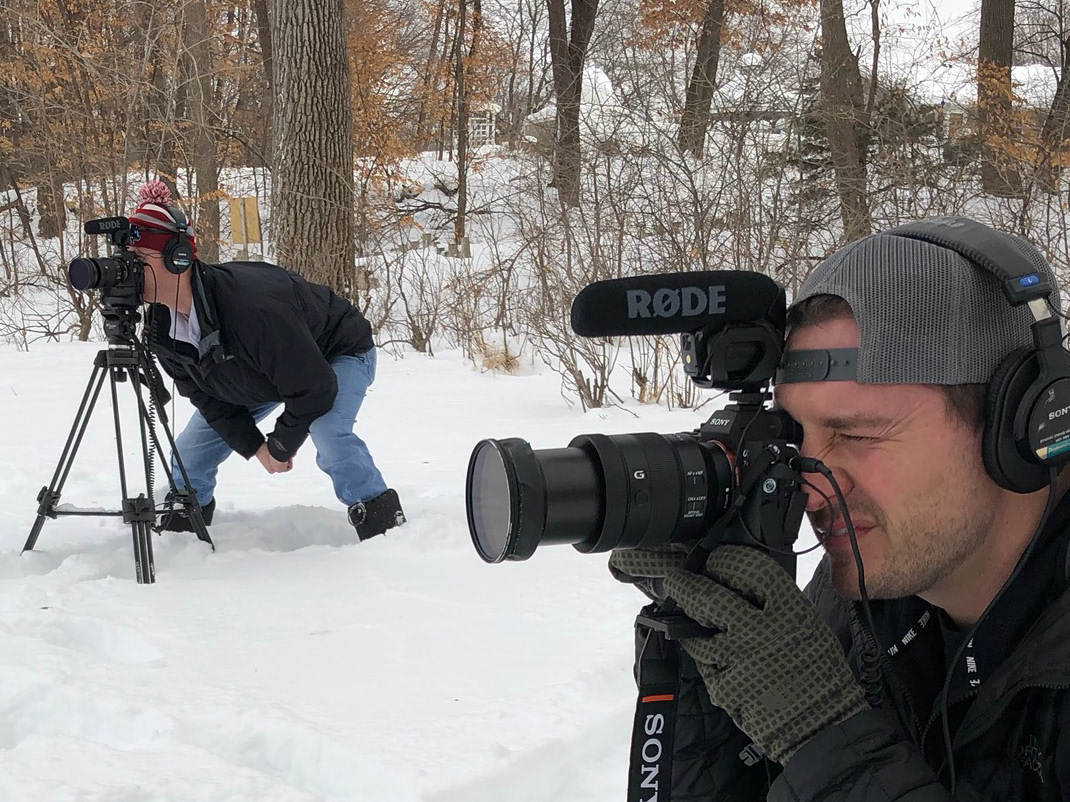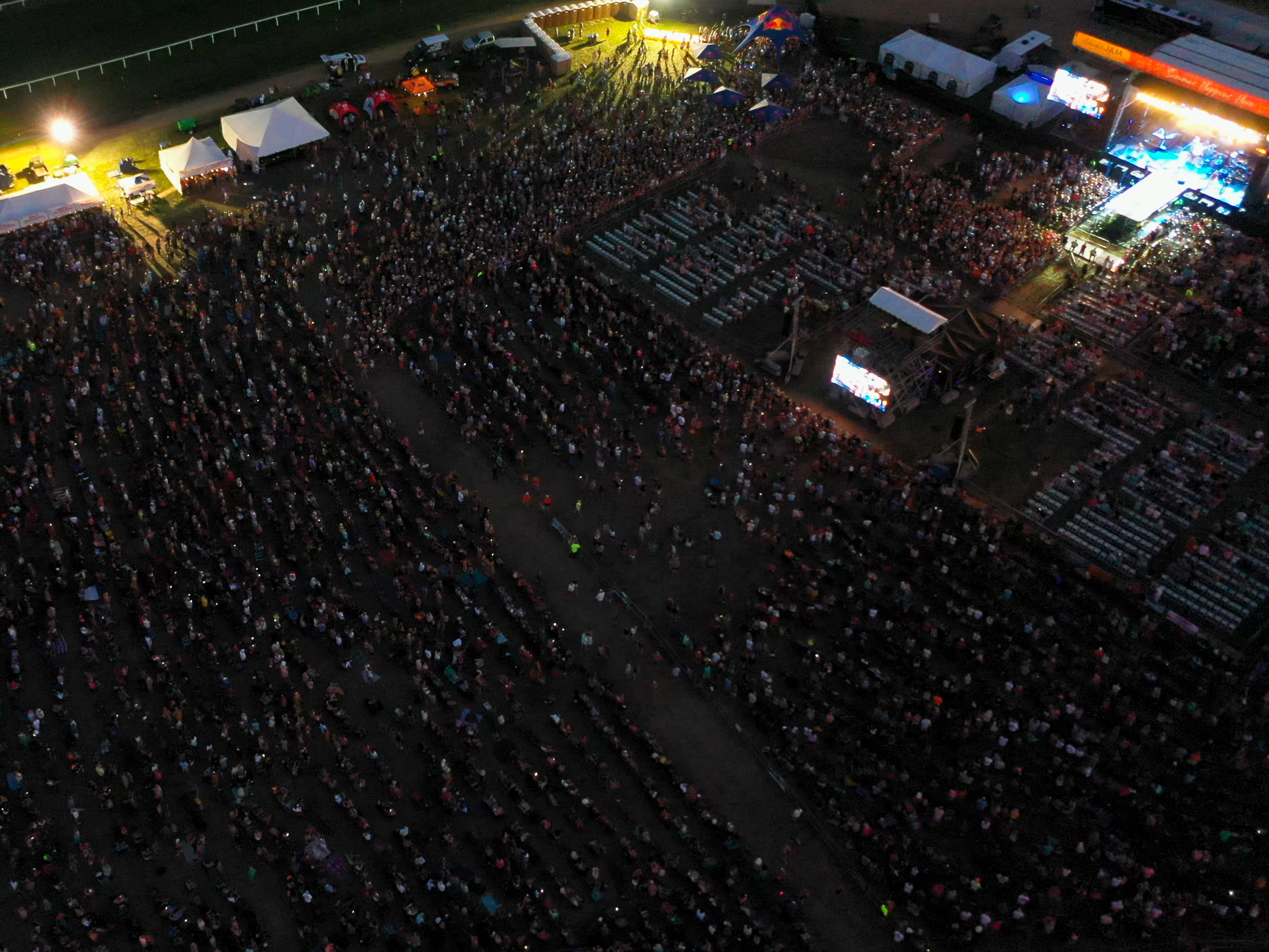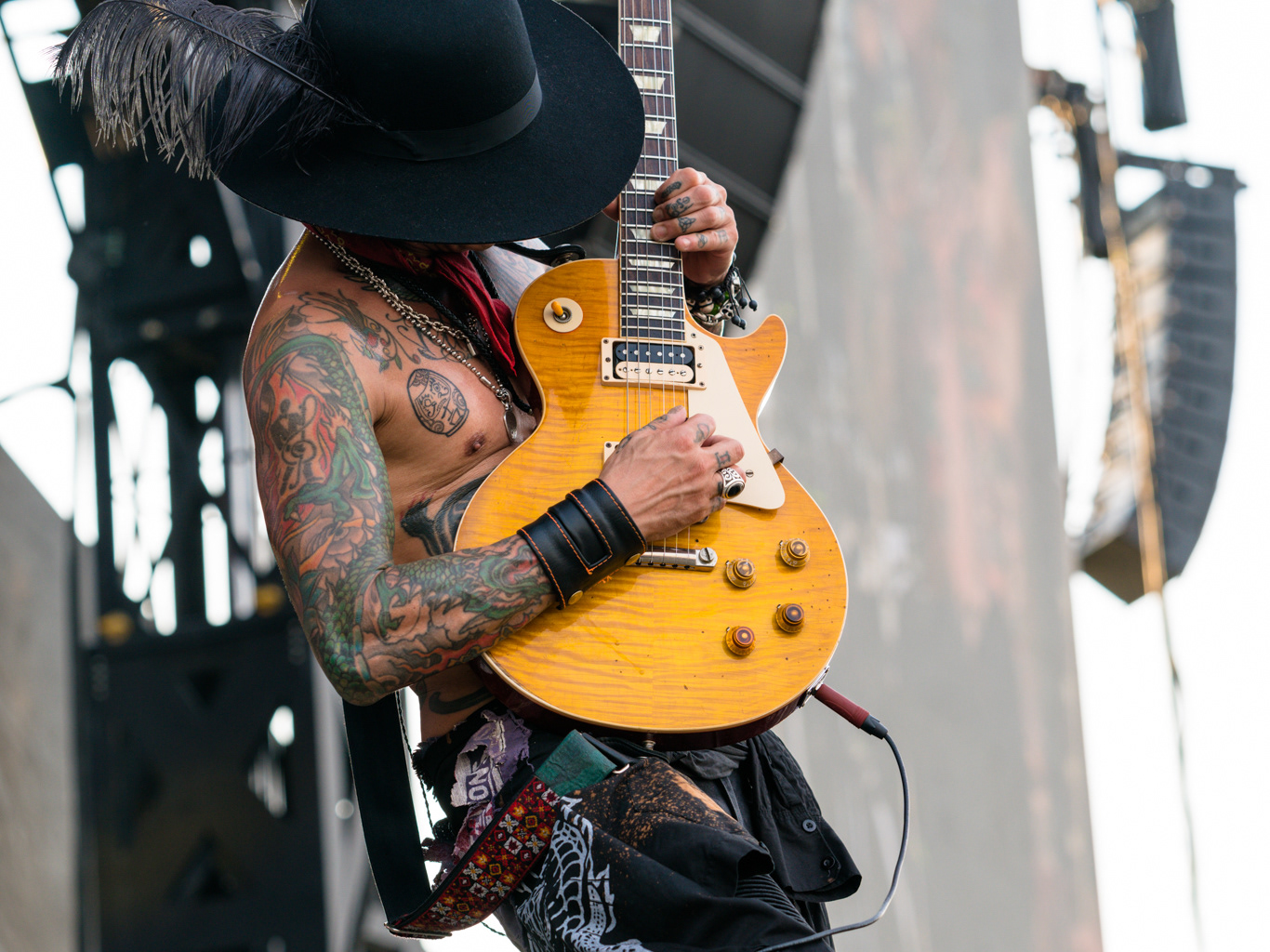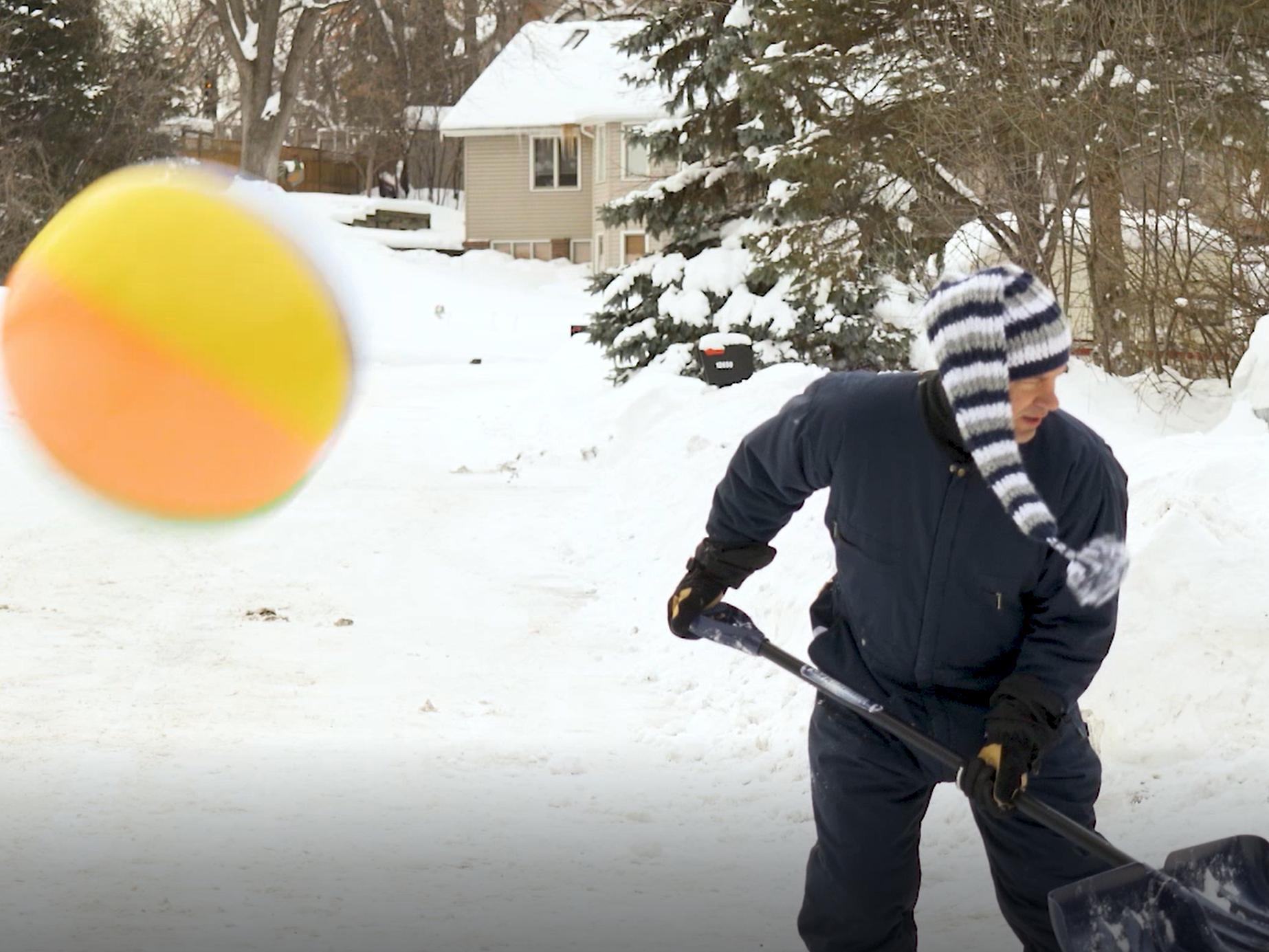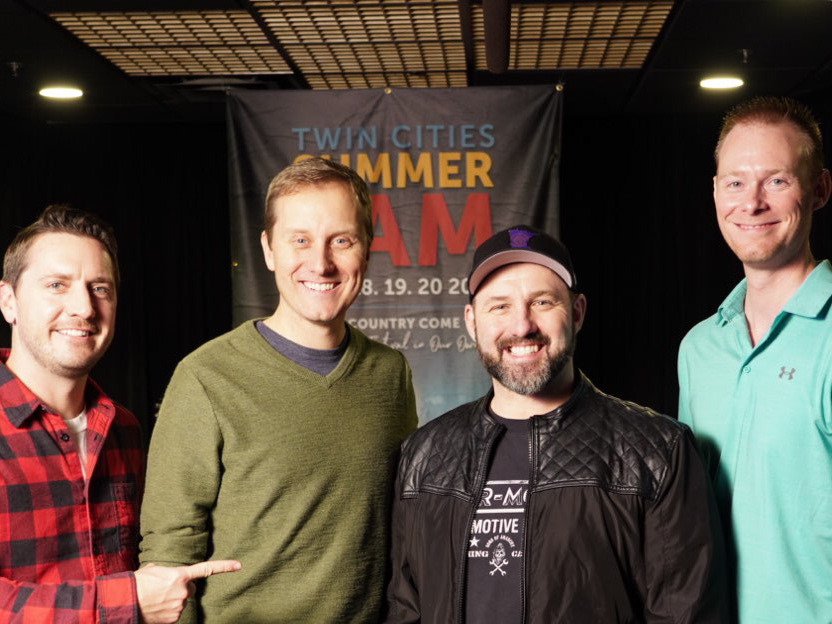Getting up in front of people and talking is one thing. Doing it on camera is something completely different. But so often we see people who think talking to a camera in a studio won’t be that difficult. “I give presentations all day. I’ve spoken to hundreds of people and did fine”, they say. And then they start doing it and realize, “This is harder than I thought.” They come off stiff, rehearsed, dry. All the things you don’t want to be when in front of a camera. And typically – completely different than who they really are in person. Don’t worry, we got you. Below are some of the tips we give our clients when we coach them on how to be better on camera. While we also coach clients on how to do TV interviews, these tips focus only on how to talk directly to camera. We call this our POPP method.
1. PRACTICE
Don’t think you can just wing it. Even when you’re talking to a friendly audience, you don’t want to appear dry or too serious. Practice, practice, and practice so more. We always tell people; you don’t learn how to play golf on the golf course. You learn on the range and with repetition. The same is true for video performance. Use your phone’s camera, use the
mirror, use anything that will help you see how you perform on camera. In other words, don’t try to learn while using live ammunition. You should be practicing with the help of a professional long before the red-light on the camera goes on for real.
Don’t think you can just wing it. Even when you’re talking to a friendly audience, you don’t want to appear dry or too serious. Practice, practice, and practice so more. We always tell people; you don’t learn how to play golf on the golf course. You learn on the range and with repetition. The same is true for video performance. Use your phone’s camera, use the
mirror, use anything that will help you see how you perform on camera. In other words, don’t try to learn while using live ammunition. You should be practicing with the help of a professional long before the red-light on the camera goes on for real.
2. OVEREXAGERATE
We needed an O to spell out POPP, but in reality, this is all about being animated. So often we see people who are boring on camera but not in “real life.” It’s like once the camera turns on their soul disappears. So how do you get rid of that stiffness, besides taking a shot before you go on? Be yourself. Smile. Don’t worry about making mistakes. Use your hands
when talking. In your head, think you’re going over the top with your excitement, your delivery. Think you’re being too much like a game show host. Because typically what we think in our head and what we actually do is different. And you going over the top may actually appear just right to everyone else. Do this technique especially when you’re practicing, because you always can pull back a bit if it’s too much. This will help you break out of your shell. Because if you don’t appear to believe in your message, your audience won’t either.
3. PAUSE
There is power in the pause. It’s okay to take a quick pause in your speaking. This is a great trick when giving a speech or talking on camera. It gives you a moment to catch your breath. It gives your audience a moment to catch theirs. And especially if you want to emphasize something, pausing can help the audience know the information you just provided was
important. Pausing also allows you to breathe. Belly-breathing can really help with nerves and pausing helps you do that. It also helps eliminate “ahs” and “ums” if you’re not using a teleprompter. (By the way if you’ve never used a prompter – we’d recommend practicing. A prompter is great for someone who’s good at it and horrible for someone who is not.)
4. PRETEND
This tip might be the most important after practicing and will help you be more natural in your delivery. Pretend you’re talking to your neighbor, your friend, your spouse. Someone you know, someone who makes you feel comfortable. Talk to that person. Treat the camera as that person. People can get distracted by the lights, the makeup, the camera, the
teleprompter, the people in the room watching and forget you’re talking to one person. We’re always selling. But pretending you’re talking to your neighbor can help you start telling. And that’s what people want. Tell them something…and hopefully something interesting.
This tip might be the most important after practicing and will help you be more natural in your delivery. Pretend you’re talking to your neighbor, your friend, your spouse. Someone you know, someone who makes you feel comfortable. Talk to that person. Treat the camera as that person. People can get distracted by the lights, the makeup, the camera, the
teleprompter, the people in the room watching and forget you’re talking to one person. We’re always selling. But pretending you’re talking to your neighbor can help you start telling. And that’s what people want. Tell them something…and hopefully something interesting.
While there are many other tips that are personalized to each client during our sessions, we believe these tips will help you become the rock star in front of the camera we believe you can be. If you need help AMPlifying your story, let us know!

